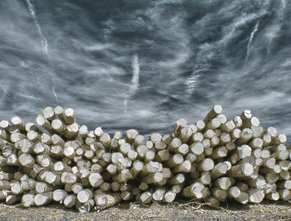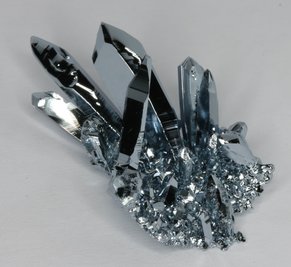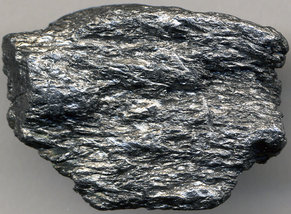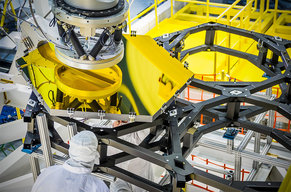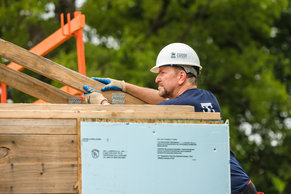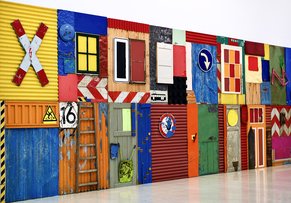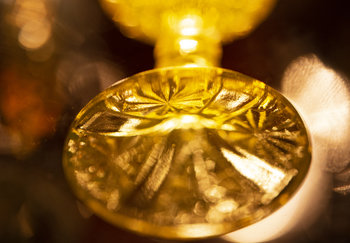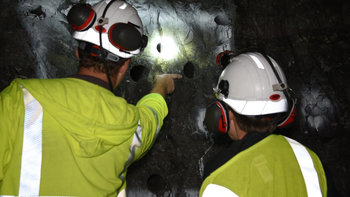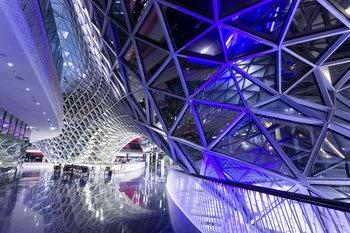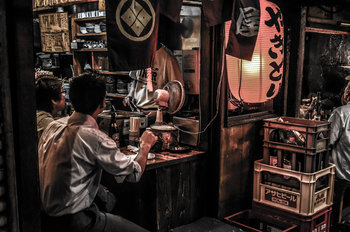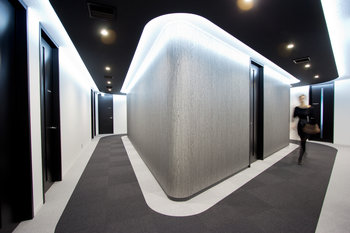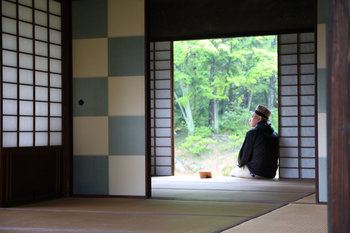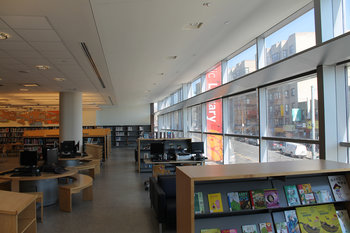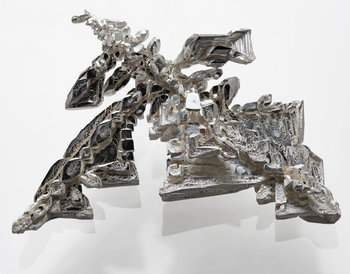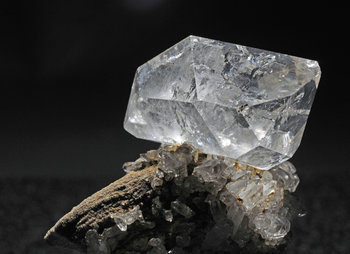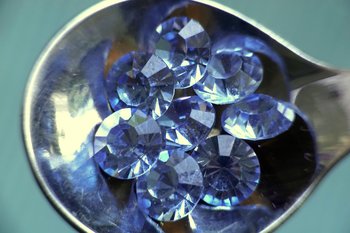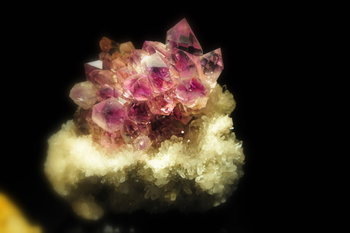
Composition
Laminated glass contains a thin middle layer of plastic that is strongly bonded to the glass outer layers. This is often polyvinyl butyral (PVB) or ethylene-vinyl acetate (EVA) or thermoplastic polyurethane (TPU). The outer layers of glass are often a standard silicate glass. However, any type of glass can be used. For example, smart phone screens are often a laminated chemically strengthened glass.Safety
Laminated glass prevents shards of glass from flying out of the product when it is broken. It also tends to produce smaller shards than regular glass. This can be contrasted with the other major type of safety glass, tempered glass, that completely breaks into small chunks. This can have safety implications. For example, laminated glass remains in place when broken and can prevent passenger ejection in a vehicle crash. Broken laminated glass produces a characteristic spiderweb pattern.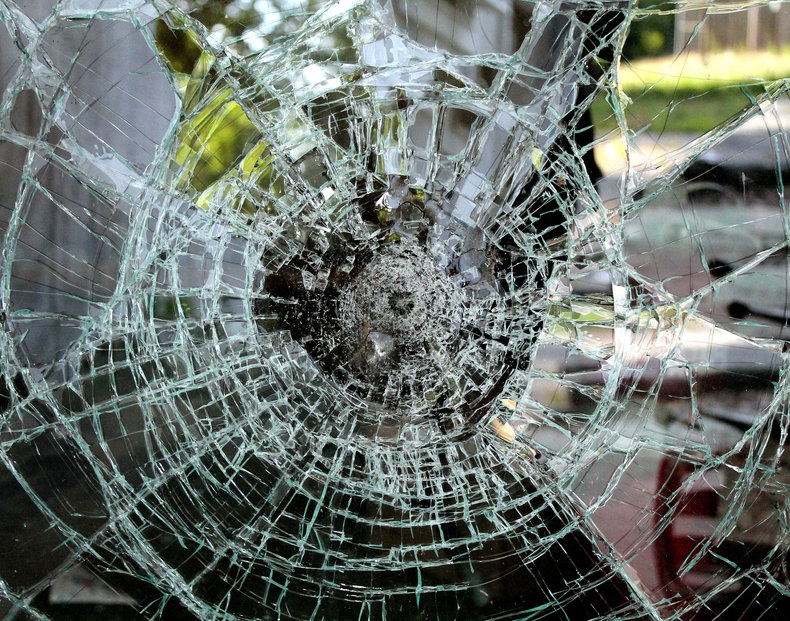
Escape & Rescue
Laminated glass windows are difficult to break. As such, they aren't necessarily a good choice if a window is to be used for escape or rescue. This can problem can be designed out. For example, a laminated glass window that is designed to pop out of its frame with impact. In this context, it should be noted that in an earthquake or vehicle crash window frames can be distorted such that windows can no longer be opened.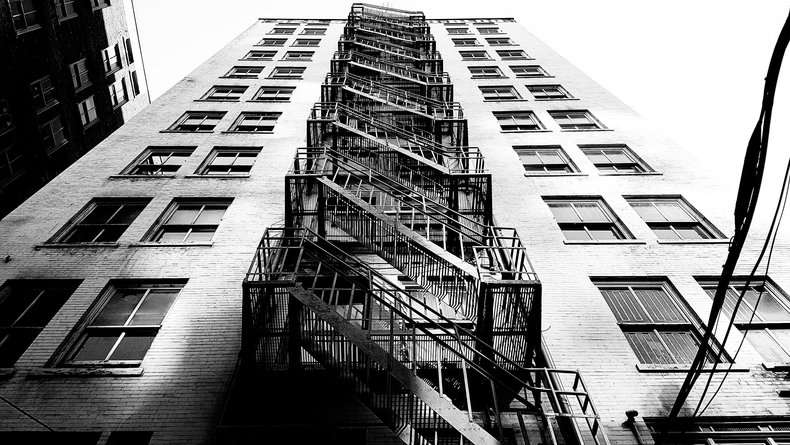
Security
Laminated glass is more secure than regular soda-lime glass because the inner plastic layer tends to be hard to break. Laminated glass can also be made from a strong glass, such as the chemically strengthened glass used in airplane windows, and layered many times. This produces an extremely secure glass.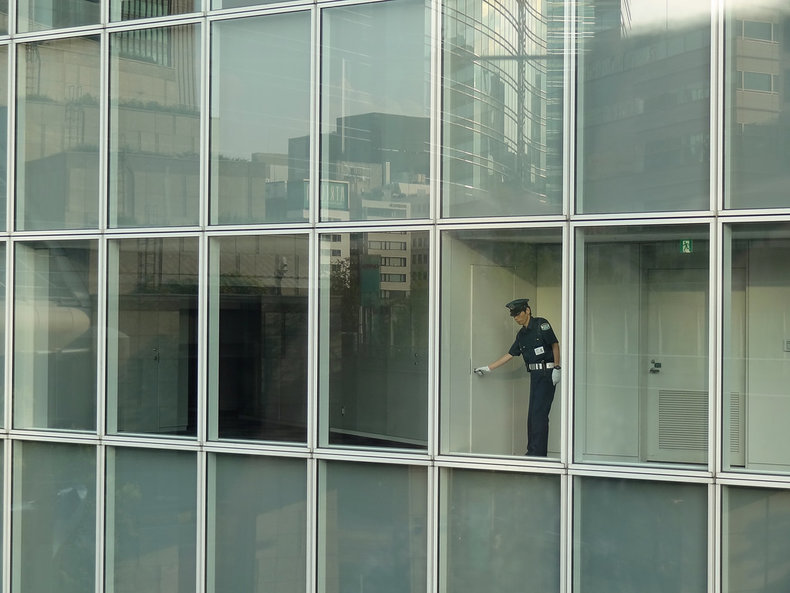
Fire
Regular glass doesn't combust at all but may quickly break due to thermal expansion and let air in to feed a fire. Laminated glass has the disadvantage of being combustible due to the thin layer of plastic at its core. As such, laminated glass isn't particularly suited to fire-resistance. However, it is possible that a laminated window could be designed for reasonable fire resistance by protecting the inner core with a fire-resistant glass such as fused quartz.Sound Insulation
A pane of laminated glass tends to offer better sound insulation than a regular pane of silicate glass. As such, laminated glass can be used in double, triple and quadruple glazed windows that have a high rating for sound control.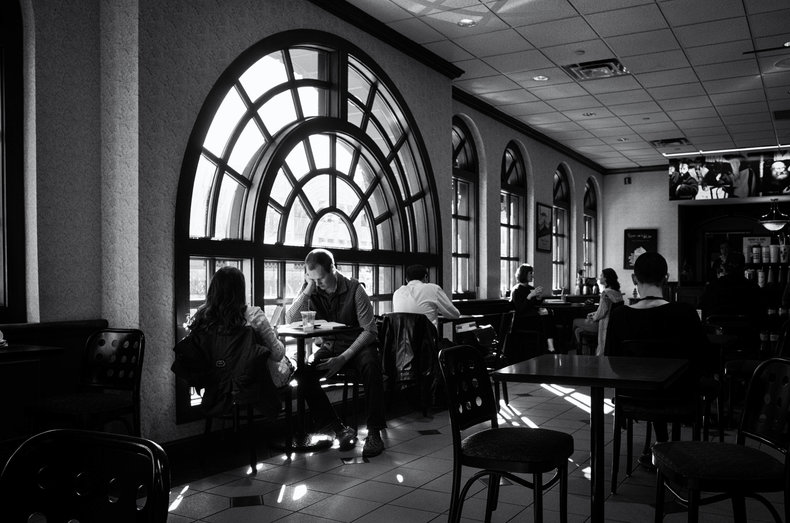
Switchable Glass
Switchable glass allows the light transmission properties of the glass to be controlled. For example, smart windows that become opaque to cool a building or become translucent to heat it up in sunlight. This is often implemented with a sandwich of layers with plastic and semiconductor materials in the middle such that these products may resemble laminated glass.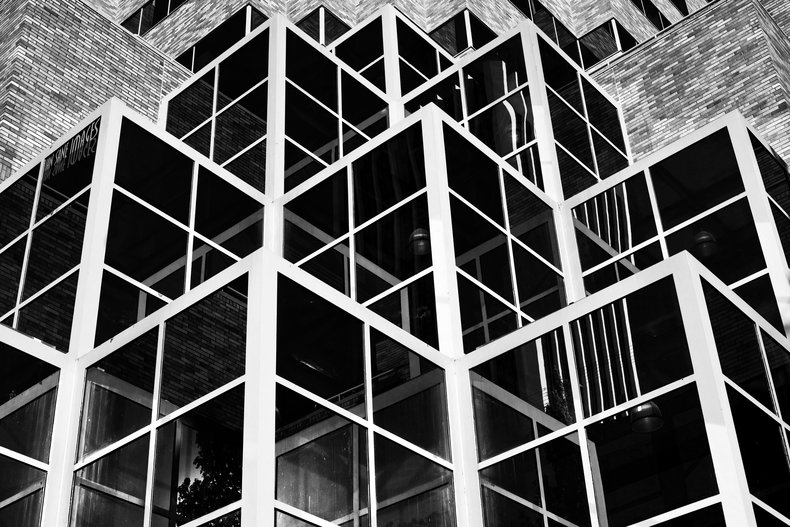
UV
In some cases, the middle layer of laminated glass provides UV protection.Repair
Small fractures in laminated glass can potentially be repaired with a process of drilling into the glass and injecting a resin.Recycling
Laminated glass is generally more difficult to recycle than regular glass as it is made up of at least two different materials that are difficult to separate by design.| Overview: Laminated Glass | ||
Type | ||
Definition | A type of safety glass made with a sandwich of two layers of glass with a thin plastic layer in the middle. | |
Related Concepts | Glass » | |

